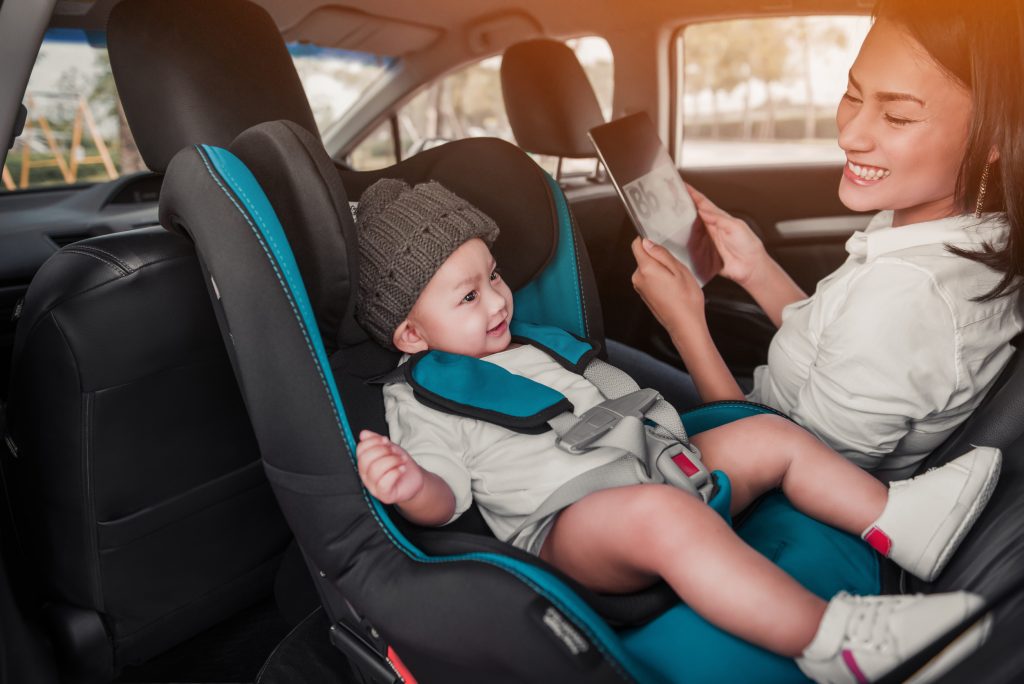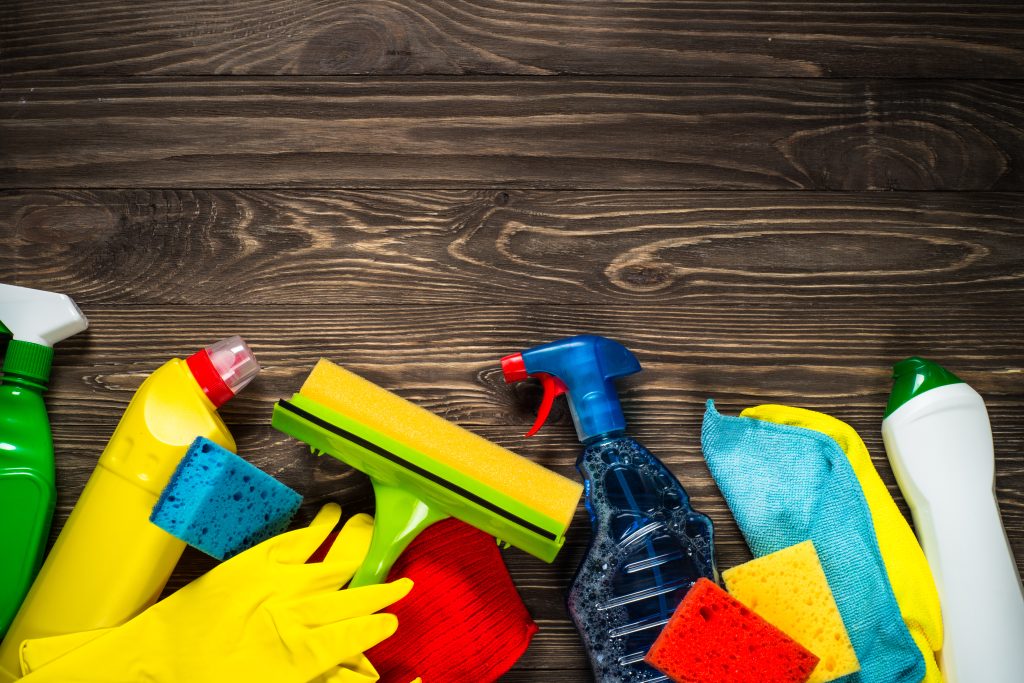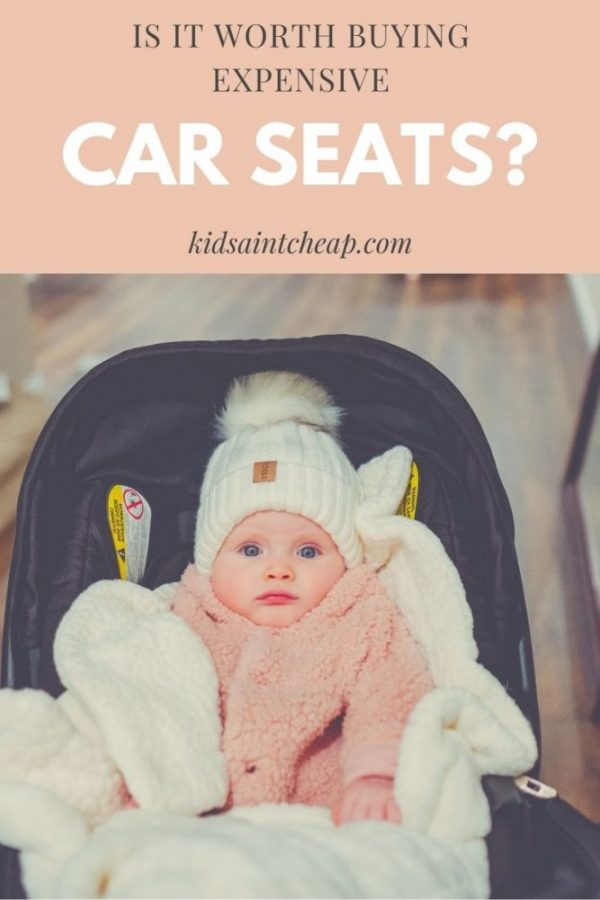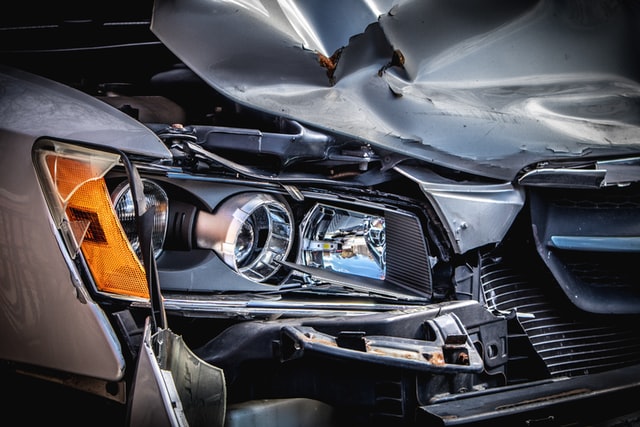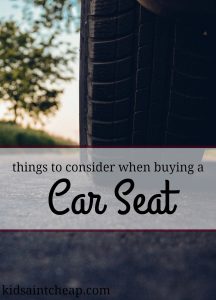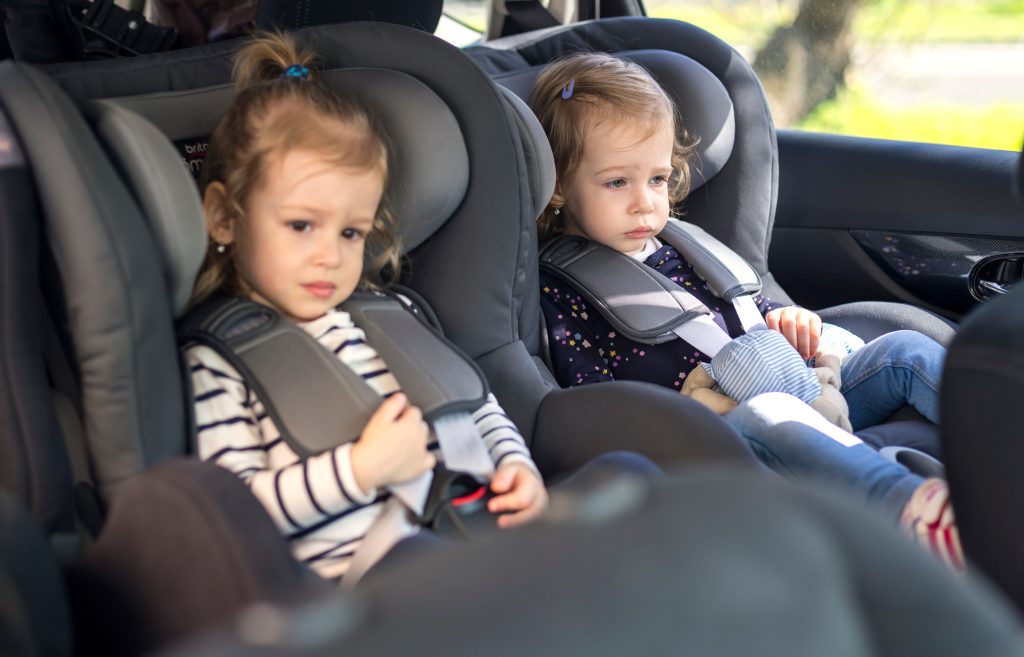
When choosing a car seat, most parents focus on features that promise added comfort, convenience, or advanced technology. It’s easy to assume that the more a seat offers, the safer it must be. But not all features are as beneficial as they seem—in fact, some of the most popular car seat features could actually increase the risk to your child in a crash or lead to dangerous misuse. As safety standards evolve, it’s more important than ever to look past the marketing and focus on what really protects your child. Here are five widely used features that may do more harm than good if you’re not careful.
1. Extra Padding and Plush Inserts
Many car seats are sold with thick, cushioned inserts that look luxurious and promise comfort. While a soft ride may feel like a plus, excessive padding (including plush inserts or even winter jackets) can alter how snugly a harness fits, making it less effective in a crash. These plush accessories often aren’t crash-tested with the seat and may not meet safety standards. Parents might also over-rely on them, assuming their child is better protected just because the seat looks more padded. If you’re using anything not included and approved by the manufacturer, it’s best to remove it.
2. Built-in Cup Holders and Armrests
Convenient for snacks and drinks, built-in cup holders are a wildly popular car seat feature—but they can pose unexpected risks. In a collision, hard plastic components like cup holders or armrests may become impact points or even break loose. If a child leans against them during a crash, it could increase the chance of injury to their arms or torso. Even worse, these features can make car seats bulkier, leading to poor installation or tight fits next to other seats. Safety experts recommend avoiding distractions and accessories that don’t contribute to restraint function.
3. Recline Options That Aren’t Properly Used
Some car seats offer adjustable recline positions to make long rides more comfortable for sleeping children. While that sounds great, incorrect recline angles can compromise safety—especially for infants. A seat that’s reclined too far back or too far forward can lead to positional asphyxia or reduce the effectiveness of the harness in a crash. Parents often trust the “clicks” without checking the angle indicators or referring to the manual. Always double-check the recline angle based on your child’s age and weight, and never guess based on what “looks” comfortable.
4. No-Rethread Harnesses Misused
No-rethread harnesses make adjusting shoulder straps easier by allowing you to slide them up or down without removing the seat or straps. But this popular car seat feature can lead to serious misuse if not done correctly. If the harness height doesn’t match the child’s shoulder level—at or below for rear-facing, at or above for forward-facing—the protection it offers drops significantly. Because it’s so easy to adjust, many parents skip re-checking regularly, especially during growth spurts. Simplicity doesn’t replace the need for precision when it comes to fit.
5. Touchscreen or App-Based Install Features
Modern car seats are starting to include app integration, Bluetooth sensors, or touchscreens for installation support and reminders. While tech can be helpful, overreliance on it can backfire. If parents skip manual checks or assume an app will alert them to every issue, they may miss common problems like loose installations, twisted straps, or incorrect anchor use. These digital additions are tools—not replacements—for learning how to install a seat correctly. Always refer to the printed manual and verify everything with a hands-on inspection.
Safety First Means Scrutinizing the Extras
When shopping for a car seat, it’s tempting to reach for the one with the most bells and whistles. But just because a popular car seat feature is trending doesn’t mean it’s the safest choice for your child. Stick with seats that prioritize crash-tested safety, clear instructions, and proper fit. And don’t hesitate to reach out to a certified Child Passenger Safety Technician (CPST) if you ever feel unsure—your child’s safety is worth it.
Have you ever second-guessed a car seat feature after using it? What made you reconsider? Share your experience in the comments to help other parents make informed choices.
Read More:
6 Seemingly Safe Places That Could Actually Be Dangerous for Kids
Food Choking Hazards: What Parents Should Watch Out For
Catherine is a tech-savvy writer who has focused on the personal finance space for more than eight years. She has a Bachelor’s in Information Technology and enjoys showcasing how tech can simplify everyday personal finance tasks like budgeting, spending tracking, and planning for the future. Additionally, she’s explored the ins and outs of the world of side hustles and loves to share what she’s learned along the way. When she’s not working, you can find her relaxing at home in the Pacific Northwest with her two cats or enjoying a cup of coffee at her neighborhood cafe.
